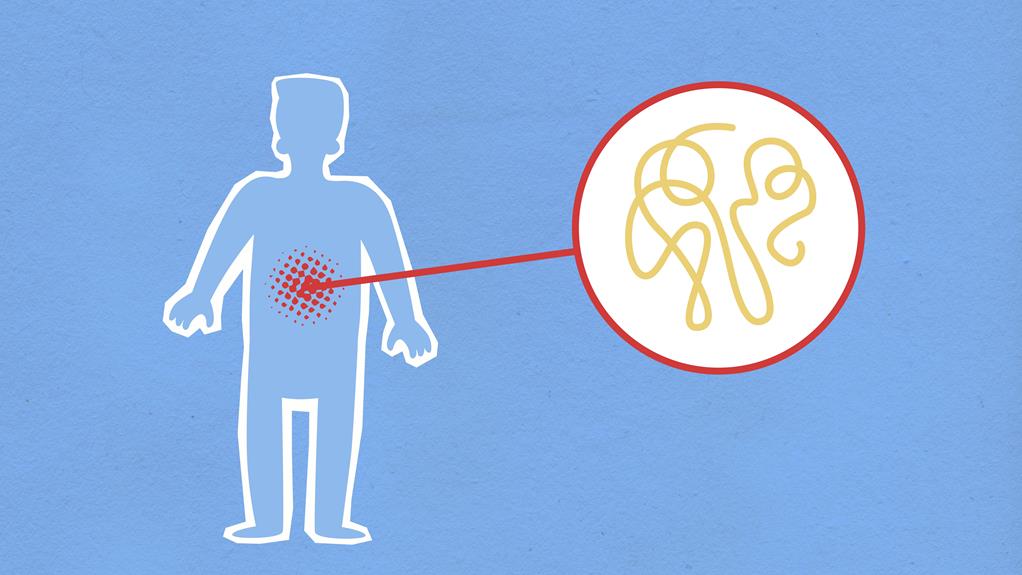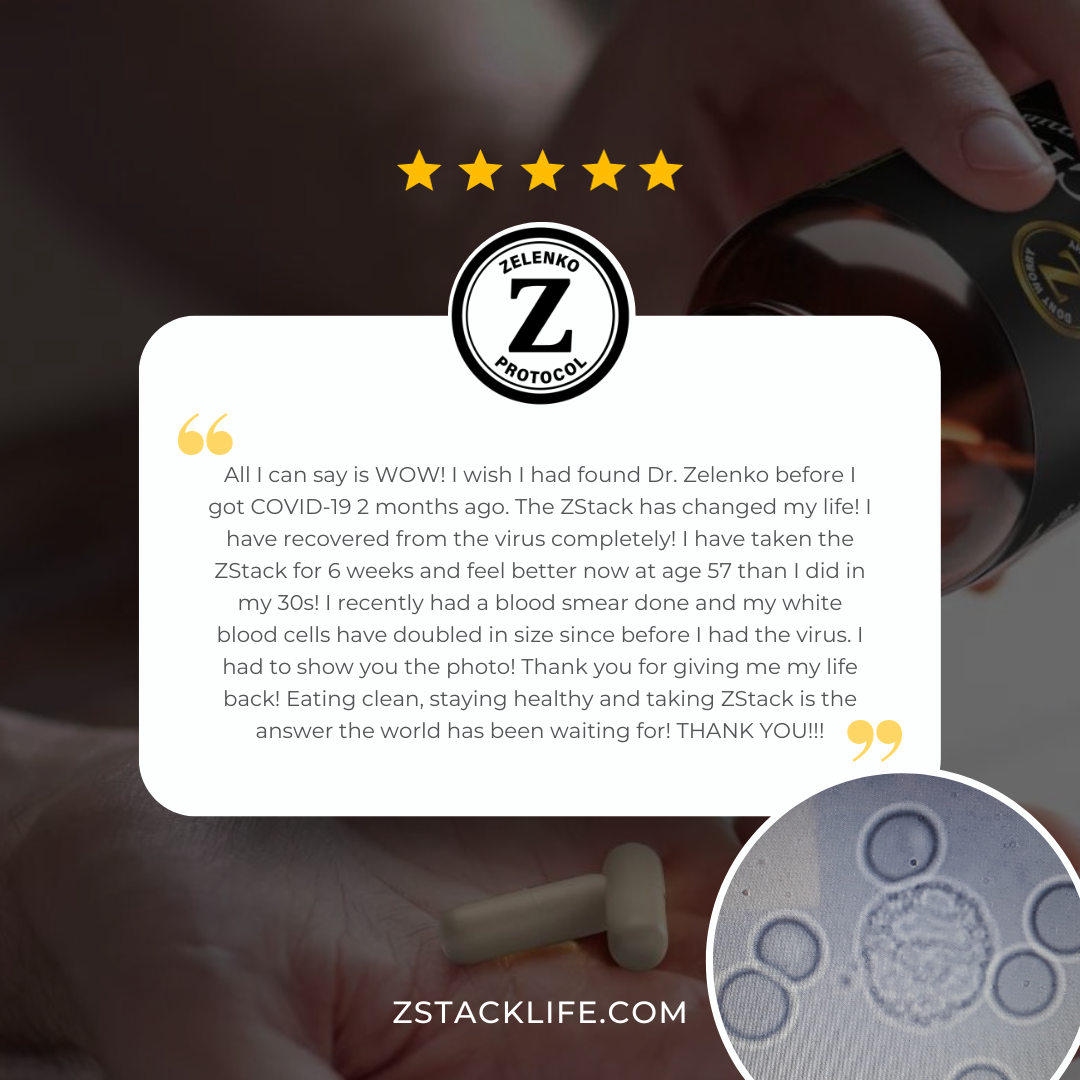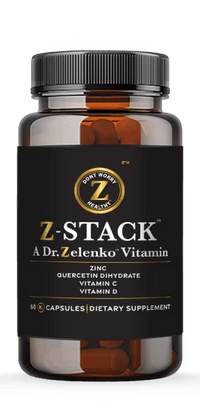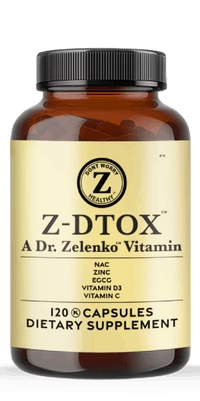In the tapestry of your body’s health, inflammation is both a restorative stitch and a fraying thread, mending or tearing the fabric of your well-being. You’ve likely experienced the heat of its fleeting presence when you’ve cut your finger or twisted an ankle, but when inflammation lingers, it silently weaves through your system, potentially setting the stage for a host of chronic diseases. You may not feel its subtle encroachment until the effects are too profound to ignore—aches that weren’t there before, unexplained fatigue, or a sudden confrontation with a serious diagnosis. Understanding how to recognize the signs of chronic inflammation and the measures you can take to keep it in check is crucial. As you consider your own lifestyle choices and their contributions to inflammation, you’ll uncover the complexities of this double-edged sword and the strategies that could tip the balance toward healing.
Key Takeaways
- Inflammation is a biological alarm system that signals the immune system to repair damage and fight off foreign invaders.
- Chronic inflammation is a prolonged immune reaction that can contribute to the development of serious conditions such as heart disease, cancer, diabetes, and autoimmune diseases.
- Chronic inflammation often leads to ongoing pain, fatigue, and can contribute to the development of autoimmune disorders.
- Lifestyle modifications, an anti-inflammatory diet, and stress management are important for mitigating chronic inflammation.
Understanding Inflammation
Inflammation serves as your body’s biological alarm system, signaling the immune system to repair damage and fend off foreign invaders like bacteria and viruses. This process is fundamental to your health, as it initiates the healing journey. When you encounter harmful stimuli, your immune system dispatches a battalion of cells and inflammatory substances to the affected site. Acute inflammation symptoms, such as redness, heat, swelling, and pain, are signs that this protective mechanism is at work.
However, not all inflammation is fleeting. Chronic inflammation is a prolonged, often insidious process that can linger for months, even years, without the same obvious symptoms as acute inflammation. This type of inflammation can stealthily contribute to the development of grave conditions, including heart disease, cancer, diabetes, and autoimmune diseases, where the body mistakenly attacks its own cells.
Signs of chronic inflammation may be more subtle and systemic, such as joint pain, fatigue, and skin rashes. These symptoms are red flags, indicative of an immune system in disarray, often aggravated by lifestyle factors. Recognizing these signs is critical, as chronic inflammation is not merely a symptom but a contributor to tissue damage and disease.
As a caretaker for health, it’s important to understand that mitigating chronic inflammation involves more than medication. It encompasses lifestyle modifications, an anti-inflammatory diet, and stress management. Educating those in your care about these strategies can empower them to take control of their inflammatory responses and improve their overall well-being.
Acute Vs Chronic Inflammation
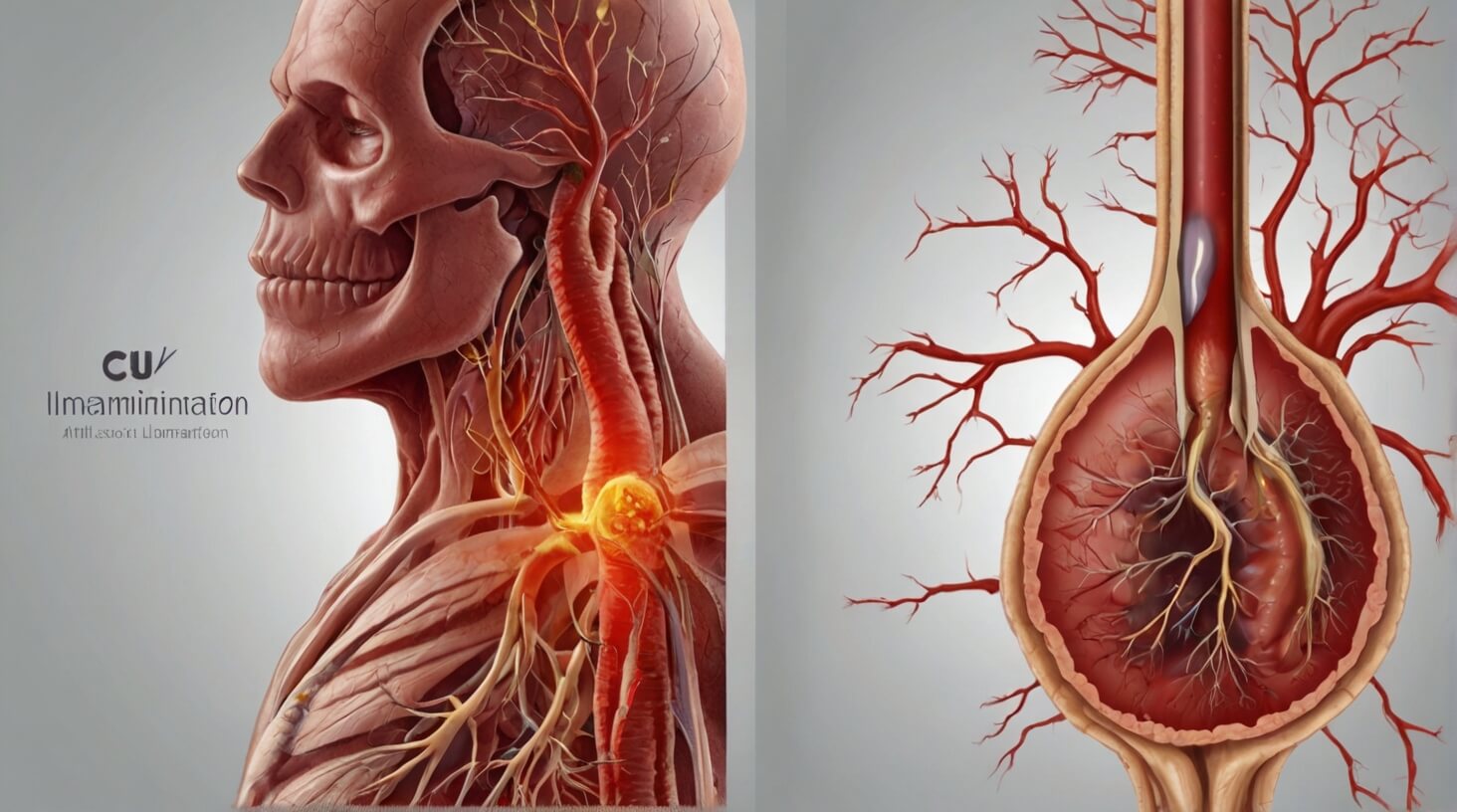
Understanding the differences between acute and chronic inflammation is crucial, as each has distinct triggers, durations, and health implications. Acute inflammation is your body’s first line of defense against injury or infection, marked by redness and swelling. It serves to initiate the healing process for damaged tissue. Conversely, chronic inflammation is a prolonged immune reaction that can lead to the degradation of tissues and is involved in various chronic diseases.
Here are key points to consider:
- Duration: Acute inflammation can last for a few hours to several days, while chronic inflammation may persist for months or even years.
- Manifestations: Acute inflammation typically causes inflammation with visible symptoms like redness, pain, and swelling. In contrast, chronic inflammation often leads to ongoing pain, fatigue, and can contribute to the development of an autoimmune disorder.
- Outcomes: While acute inflammation is generally beneficial and leads to healing, chronic inflammation can cause tissue damage and is associated with numerous chronic diseases, such as rheumatoid arthritis, heart disease, and type 2 diabetes.
As someone who desires to serve others, it’s important for you to recognize that chronic inflammation poses a significant health risk. It’s not just about the discomfort of ongoing pain; it’s the insidious role chronic inflammation plays in the onset and progression of chronic diseases. By understanding what causes inflammation, whether acute or chronic, you can better help individuals manage their symptoms and potentially prevent the long-term consequences of an uncontrolled inflammatory response. Remember, while acute inflammation is a necessary part of the healing process, chronic inflammation requires attention and care to mitigate its harmful effects.
Symptoms and Indicators
Recognizing the signs of inflammation is imperative, as they provide early indicators of your body’s response to injury or infection and can signal the onset of more serious conditions. Acute inflammation often manifests as flushed skin, pain or tenderness, swelling, and localized heat. These are your body’s immediate reactions to harm, marshaling white blood cells to the affected area to begin the healing process.
In contrast, chronic inflammation presents a more insidious threat, with symptoms and indicators that may persist or recur over long periods. You might experience abdominal pain, chest discomfort, fatigue, fever, joint pain or stiffness, mouth sores, and skin rashes. These are hallmarks of a body under sustained attack, potentially signifying inflammatory diseases such as rheumatoid arthritis or more systemic concerns like heart disease or type 2 diabetes.
Research shows that chronic inflammation is a critical factor in the disease process of numerous conditions, including Alzheimer’s and certain cancers. To combat this, blood tests can measure levels of C-reactive protein and other markers to assess inflammation’s presence and severity. These tests are vital tools for diagnosing and monitoring inflammatory diseases.
You’re empowered to reduce inflammation and its adverse effects. Adopting lifestyle changes can mitigate chronic stress and lower the risk of chronic inflammation. These changes include maintaining a healthy weight, avoiding smoking, exercising regularly, limiting alcohol, and following an anti-inflammatory diet.
Causes and Triggers

While several factors contribute to the onset of inflammation, autoimmune disorders, exposure to environmental toxins, and the progression of untreated acute inflammatory responses rank among the primary causes. If you’re aiming to serve those at risk of chronic inflammation, it’s crucial to understand these triggers thoroughly.
Autoimmune disorders such as rheumatoid arthritis and lupus lead the body to mistakenly attack its own tissues, resulting in Inflammatory Diseases that can persist without proper management. The body’s immune response, designed to protect, turns detrimental, maintaining a state of chronic inflammation that can damage tissues and organs over time.
Environmental factors, particularly exposure to toxic chemicals, can also induce an inflammatory response. Pesticides, industrial compounds, and pollutants can disrupt bodily functions and increase the risk of diseases, including cardiovascular disease and certain cancers.
Lastly, not addressing acute inflammatory episodes can set the stage for a transition into chronic inflammation. This progression underscores the importance of a healthy lifestyle and prompt treatment when dealing with any inflammatory condition.
To paint a clearer picture, consider these lifestyle factors that can influence inflammation:
- Diet: A diet high in processed foods, sugar, and saturated fats can exacerbate inflammatory responses, while an anti-inflammatory diet rich in fruits, vegetables, and omega-3 fatty acids can help mitigate them.
- Exercise: Regular physical activity is known to reduce the risk of chronic diseases and can help keep inflammatory levels in check.
- Stress management: Chronic stress is a known contributor to inflammation, making stress-relief practices like meditation and adequate sleep essential components of a healthy lifestyle.
Treatment and Prevention

Addressing the triggers of chronic inflammation is essential, but it’s equally important to explore the available treatments and preventative strategies to manage this persistent condition effectively. Nonsteroidal anti-inflammatory drugs (NSAIDs) are a cornerstone in the pharmacological management of inflammation, helping to decrease inflammation systemically. For localized issues, corticosteroid injections can be administered directly into affected joints or muscles, offering targeted relief.
In terms of dietary interventions, an anti-inflammatory diet, which includes a bounty of anti-inflammatory foods rich in omega-3 fatty acids, has been shown to mitigate inflammatory responses. You should encourage the adoption of the Mediterranean diet, which emphasizes the consumption of fruits, vegetables, whole grains, lean proteins, and healthy fats. Eating anti-inflammatory foods such as leafy greens, nuts, and fatty fish contributes to a reduction in inflammation markers.
Regular exercise also plays a pivotal role in inflammation control. It bolsters the immune system, aids in weight management, and enhances overall health, thereby diminishing chronic inflammation. Moreover, specific supplements such as vitamins A, C, D, and minerals like zinc can assist in reducing inflammation and are essential for tissue repair. Vitamin C, in particular, is a potent antioxidant with anti-inflammatory properties, while vitamin D has been linked to immune system regulation.
As someone dedicated to serving others, it’s vital to understand and convey that prevention and treatment of inflammation are multifaceted. A combination of medical interventions, lifestyle modifications, and nutritional strategies must be personalized to effectively combat chronic inflammation and promote long-term well-being.

